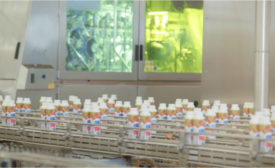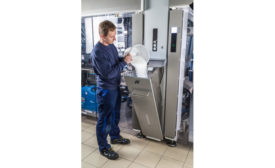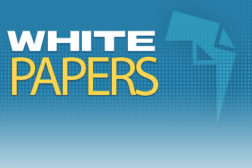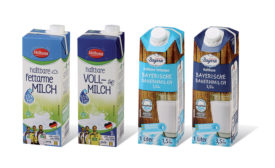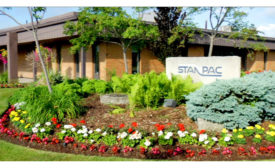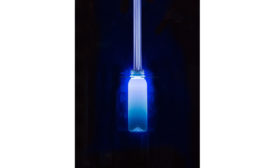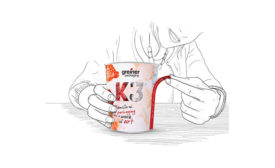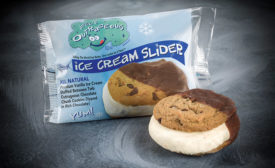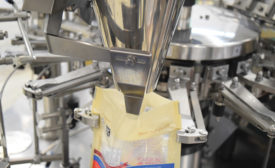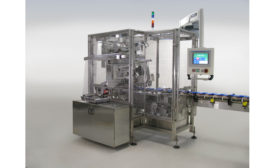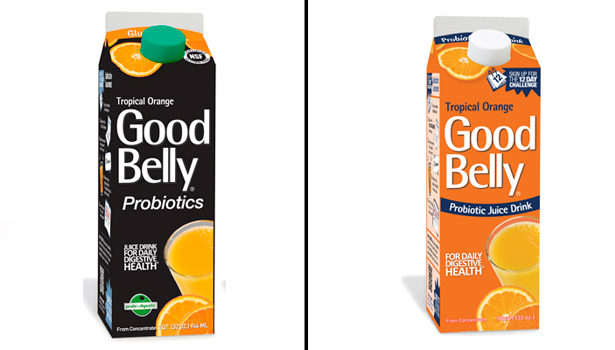Home » Keywords: » packaging technology
Items Tagged with 'packaging technology'
ARTICLES
Designs are becoming more functional as processors seek a competitive edge.
Read More
Dairy packaging sees healthy growth
Packaging innovations address shelf life, sustainability and more.
August 8, 2018
Case study
Growth begets growth
Stanpac upgraded to the latest decorating technology to support the rapid rise in its decorated glass milk bottle business, which also helped to further more growth.
May 9, 2018
Aseptic packaging equipment
Serac releases aseptic packaging solution with BlueStream
This new innovative aseptic solution can help reduce environmental impact.
October 6, 2017
Sustainable packaging options for dairy foods continues to improve
Demand increases for renewable content and recycled content for milk cartons, yogurt cups and other dairy foods and beverages.
September 15, 2017
Flexible packaging boosts sales
Consumers like packaging that is easy to open and reseal.
August 7, 2017
The versatility of flexible packaging for dairy products
There is more flexible packaging in the dairy case these days as manufacturers turn to versatile plastic pouches.
February 15, 2017
Packaging machinery
PDC International launches shrink banders for ‘sqround’ tubs
January 5, 2017
IMAGE GALLERIES
Packaging Makeovers
These processors recently updated their packaging. Can you guess which is the before and which is the after?
Get our new eMagazine delivered to your inbox every month.
Stay in the know on the latest dairy industry trends.
SUBSCRIBE TODAYCopyright ©2024. All Rights Reserved BNP Media.
Design, CMS, Hosting & Web Development :: ePublishing
